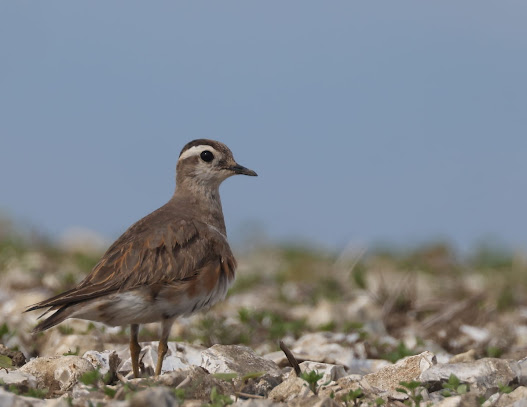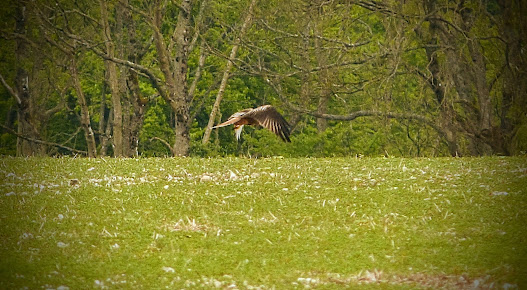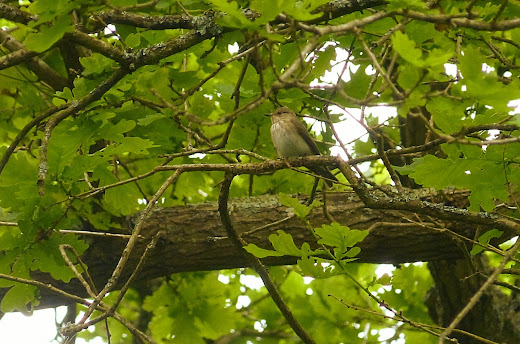Saturday 18th May 2024.
Yet another very busy days birding and this time, I kicked the day off with the lovely company of both Emma and Matt Parkes as we made an unsuccessful trip to West Sussex for yesterday’s male Dotterel on Bignal Hill, near Pulborough. They kindly picked me up from my house and then dropped me off back there too. Then I jumped into my car and picked up Geoff and Andy, but not before checking Andy’s moth box that attracted some excellent moths. We then headed off back into the New Forest where we saw some cracking birds at Pig Bush, near Beaulieu. Though overcast, with the occasional hint of sunshine at times, it looked as though it just might pour with rain, but we were lucky and it certainly got very warm by the time we left there around 1pm.
The Moth Box:
I picked up another four more excellent moths this morning to add to my ever expanding moth year list that included the ‘macro’ moths Blair’s Mocha, Snout, Common Marbled Carpet and the best of all, a superb Eyed Hawk-moth of which Andy near squashed in the door as he went to close it! Phew! Thankfully, the moth was totally unharmed as I safely put it in nearby vegetation after taking several photos of this beautiful moth. There was also a fine supporting cast of moths and even our first Cockchafer Beetle of the year. The following moths were present in Andy’s garden this morning:
- Eyed Hawk-moth
- Blair’s Mocha
- Snout
- Common Marbled Carpet
- Treble Lines
- Brimstone Moth
- Common Pug 2
- Freyer’s Pug 4
- Willow Beauty 6
- Narrow-winged Grey
While enjoying a coffee and checking the moths, I saw a Red Kite soaring high overhead and quickly pointed it out to the guys. A good omen me thinks?
Bignor Hill, nr Pulborough:
Emma and Matt Parkes kindly picked me up from my house at 5.15am this morning to take the journey to Bignor Hill, some 45 minutes away. After checking Birdguides again first thing this morning, I realised the male Dotterel at this site was last seen flying strongly north around 6pm last night and was not seen subsequently. Gulp! Was this going to be a big ‘dip’ on seeing this delightful bird of which, I'm afraid, was the end result. Hurrumph! However, what a beautiful place. I have never been to this site, which was part of the South Downs complex and the views here (and the birds) were breathtaking. I say the birds such as the Yellowhammers and Skylarks were gorgeous and numerous too. We parked up within the car park, not to disturb a few Camper Vans with their sleeping occupants and then walked up the footpath with bare chalky fields adjacent to the footpath. The weather was good, a little overcast, but looking further south, it looked as though thunderstorms could arrive within the hour. We made our way to the top of the hill and though we checked the area thoroughly, there was no sign of the Dotterel. Yep, we had dipped on this what would be a ‘lifer’ for both Emma and Matt; but hey, that's the risk of birding.
On a positive note, we did see some nice birds while we were there. A Red Kite showed very well at times, soaring low over the fields in search of beetles or earthworms on the chalky soil and it even landed a few times on the ground. A Common Buzzard was perching in the neighbouring trees where we heard a singing Firecrest. A pair of Partridge species were high up on the top of the footpath, but had gone by the time we reached the top. Distant lumps of mud did their utmost to confuse us on a possible exciting bird! Pheasants were also dotted around in the fields as were several Stock Doves; but as mentioned, there was always something to look at and if not, simply take in the amazing views. From the top of Bignor Hill, one could see Pulborough Brooks to the west and the River Arun running through this beautiful part of the West Sussex countryside. OK, we dipped on the Dotterel, but finished our trip with a well earned breakfast at Maccy D’s! Yum!
Pig Bush, New Forest:
There were two target species here today at this site; a place I have not been for many a year and with reports of both Honey-buzzard and Spotted Flycatcher being seen here this week, I knew I had to try the place. I did not have a lot of time here as I promised someone I would see them later today, so as soon as we got out of the car, we made our way around the perimeter of the first wood by the car park. Above us, a Chiffchaff was singing with gusto up in a tree by the car park and then went off to look for food nearby. Both Stonechats and Meadow Pipits were heard singing out on the adjacent heath as we walked south on the outskirts of the wood and then I heard the distinctive call of a Spotted Flycatcher coming from within the woodland and so venturing inside, we soon found our first target species; a fine Spotted Flycatcher perched high up in the Oak trees. A second bird was nearby as we watched them sitting on exposed branches and showing very well indeed.
Things got even better when we exited the first wood and overlooked a clearing with Woodfidley Enclosure in the background. Andy had seen a Redstart in a tree in front of us, but I had picked up a large soaring raptor in the distance and I was sure it was a Honey-buzzard. I quickly told the guys as the bird got nearer and nearer and eventually flew north over the trees. We were in no doubt that it was a Honey-buzzard and I even filmed the bird as it circled and then flew north. What a stroke of luck having two ‘year-ticks’ within 20 minutes of one another. A little later, a Common Buzzard flew overhead and though with a bit of head scratching, we eventually ruled out Honey-buzzard on this bird! Both male and female Cuckoo were heard calling in the distance (I have not heard a female bird ‘bubbling’ call in a very long time) and soon watched one chase the other distantly over the heath to the west of where we stood.
The bird life here was very busy; with Meadow Pipits and a family of Stonechats (a female and three juveniles) on the heath, as was a pair of noisy Canada Geese and a Mallard in the boggy area! A Bullfinch flew over and earlier, we were sure we heard a Hawfinch calling in the trees but out of view. Chaffinches were flitting about and the songs of Redstarts were heard in at least four locations of which I managed to see one high up perched on a tall tree. Other birds seen included a Marsh Tit with young nearby, searching for food within the Silver Birch trees and a Nuthatch briefly flying on the outskirts of the same wood. Mistle Thrushes were flying overhead as did a Little Egret! I have never seen a Little Egret within this area of the New Forest.
Not only did the birds keep us entertained throughout our stay here, but there were a few insects noted too, including our first Rose Chafer beetle of the year. This amazing Beetle was flying around us at one time and I was hoping it would settle on the ground but this vivid green insect would not settle. It was seen again by the car park, but yet again, it would not land. Not many butterflies were seen with just one Brimstone and a Holly Blue noted, though it was overcast most of the time. A large Hornet flew past our heads and landed in the leaf litter by a small bush. On closer inspection, it had disappeared into the undergrowth. Bugger!
Geoff pointed out a lot of interesting plants here that included Mouse-ear Hawkweed, Heath Speedwell, Tormentil, Lesser Spearwort and Common Water-crowfoot all of which were abundant on the ground. A cracking day with great company again and I shall look forward to seeing the guys again next week. The only downside today was the amount of litter I found on our walk of which I picked up and dutifully disposed of. Sadly, a lot of day trippers use this site for their recreation and some just simply abuse the area. No wonder there are so many Forest fires within this beautiful National Park.





























No comments:
Post a Comment